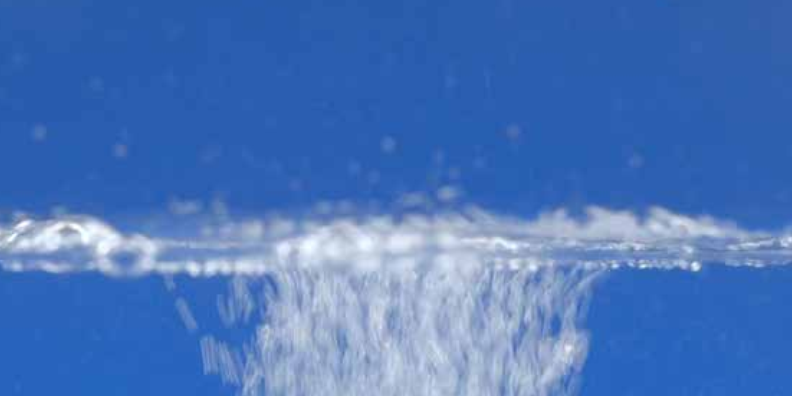What specific additives are included in advanced water-based defoamers to enhance their heat resistance?
While the exact composition of an advanced water-based defoamer depends on the proprietary formulation of the manufacturer, there are several classes of additives that are commonly used to enhance heat resistance. Here’s a general view of them:
1. Polymers:
Different defoamer applications require different polymer systems. Polymers that can withstand high temperatures, such as polyvinyl acetate or polyacrylates, might be used in heat-resistant water-based defoamers. These polymers form a film around the oil droplets, which helps to stabilize the defoamer and prevent rapid evaporation in high-temperature conditions.
Different defoamer applications require different polymer systems. Polymers that can withstand high temperatures, such as polyvinyl acetate or polyacrylates, might be used in heat-resistant water-based defoamers. These polymers form a film around the oil droplets, which helps to stabilize the defoamer and prevent rapid evaporation in high-temperature conditions.
2. Glycols:
Various types of glycols, such as propylene glycol or ethylene glycol, are often used. Glycols are hygroscopic in nature, meaning they attract and hold onto water molecules. This property helps to reduce the rate of evaporation at high temperatures thereby enhancing the defoamer’s stability.
Various types of glycols, such as propylene glycol or ethylene glycol, are often used. Glycols are hygroscopic in nature, meaning they attract and hold onto water molecules. This property helps to reduce the rate of evaporation at high temperatures thereby enhancing the defoamer’s stability.
3. Ester-Based Compounds:
Certain esters have a higher boiling point, making them resistant to evaporation at increased temperatures. They ensure that the defoaming agent remains stable and active throughout the process, despite the high heat.
Certain esters have a higher boiling point, making them resistant to evaporation at increased temperatures. They ensure that the defoaming agent remains stable and active throughout the process, despite the high heat.
4. Surfactants:
Nonionic surfactants are commonly used in defoamers, as they provide good dispersion of the defoamer in the foaming medium. Some surfactants are more heat-stable than others and are chosen for their ability to maintain performance at high temperatures.
Nonionic surfactants are commonly used in defoamers, as they provide good dispersion of the defoamer in the foaming medium. Some surfactants are more heat-stable than others and are chosen for their ability to maintain performance at high temperatures.
Keep in mind, the selected additives must not only contribute to heat resistance but also retain the defoamer’s efficacy in controlling foam. It’s all about balancing the components to maintain performance under higher process temperatures. Therefore, it’s crucial to choose the right defoamer tailored to the specific application and process conditions. Working with a supplier or expert who is knowledgeable about defoamer chemistry can guide you in making the best selection.







